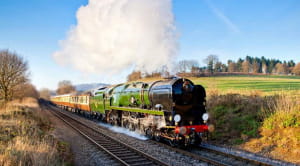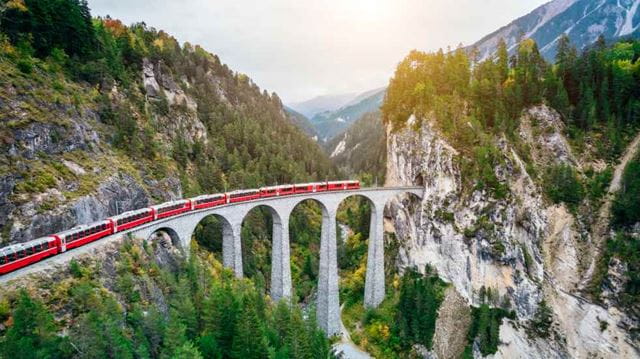
Discover life in the slow lane on a memorable train journey from Paris to the Italian lakes through the spectacular Swiss landscape, and find inspiration for your next adventure.
My slow travel adventure started with a vague plan: to ride some classic Swiss trains and see some Italian lakes, but to do it in a way that’s leisurely and more mindful – to fully embrace the slow travel ethos. So I went to flight-free specialists Byway, who organised my route based on logistics and what I wanted from the trip.
The result: a meander down from Paris into Switzerland, then a lazy loop around some Italian lakes and back to Basel. There would be plenty of opportunities to linger and admire. I have an Interrail pass on my phone, covering seven days of travel within a month; reservations for trains that need them; hotels booked; and Byway on WhatsApp standby, should anything go awry. I’m ready to watch the continent unfold, gently.
On to Switzerland

The Bernina Express that goes from Chur in Switzerland to Tirano in Italy/Credit: Getty Images
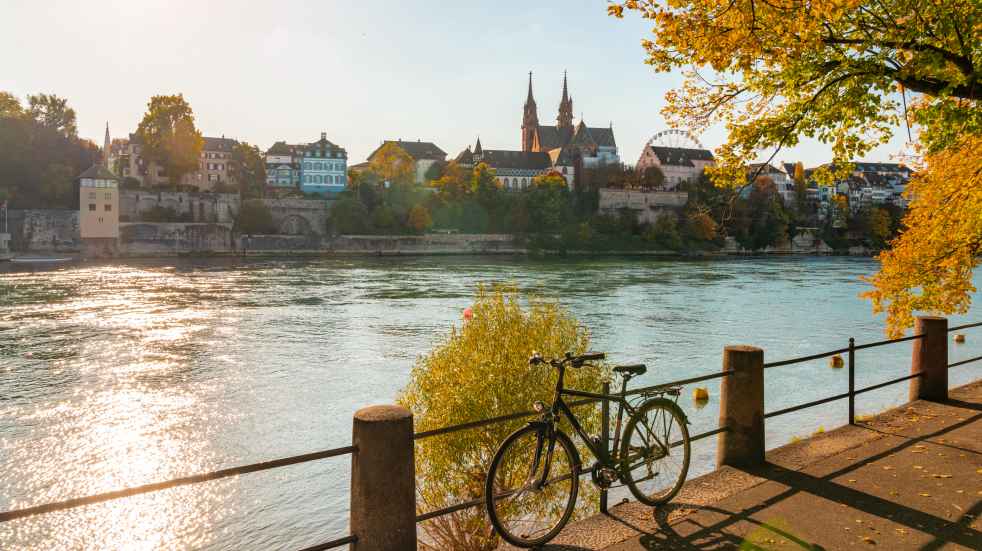
On the bank of the Rhine river in Basel, Switzerland/Credit: Getty Images
Chur is Switzerland’s oldest city, with a charming car-free centre. It’s also the HQ of the Rhaetian Railway, a network of barely feasible lines built from 1888 that have somehow mastered the surrounding mountains. I’m here to take the narrow-gauge Albula Line to St Moritz, then the Bernina Express to Tirano in Italy – a journey of around four hours, 90 miles, 55 tunnels and 196 bridges. It’s largely UNESCO-listed and is probably the finest railway journey in the world.
A train ride to remember
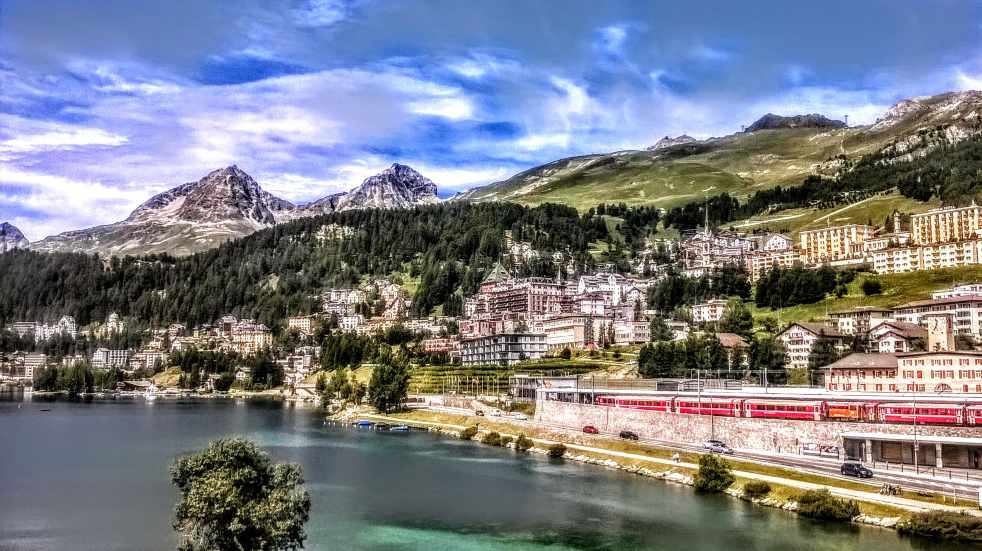
St Moritz, Switzerland/Credit: Getty Images
I have enough time in St Moritz to inhale the mountain air and saunter by the lake, where a rower is whoosh-thunking through the glassy water, breaking the reflections of the surrounding peaks. I leave aboard a different style of train, with windows that open (which you don’t get on the Bernina Express).
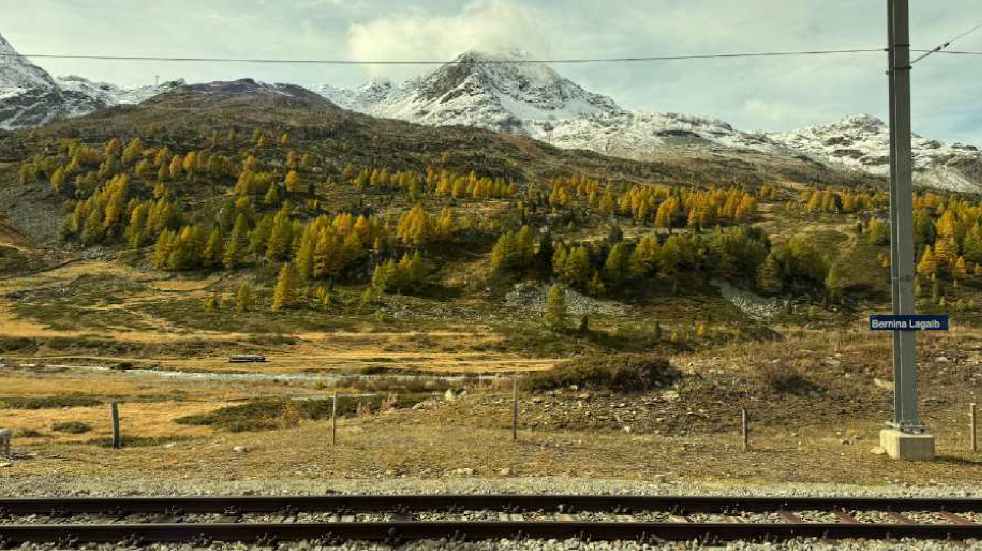
Train views/Credit: Sarah Baxter
The train ends in Italy. I can tell I’ve left Switzerland not only because my onward train is cancelled, but also because the café where I wait for the next is reasonably priced. It’s my first – and only – train hiccup; no need for that Byway WhatsApp.
Eventually, I’m back on the move. The whole of Italy gapes south; I could go anywhere. But after two hours, via the vineyard-striped Valtellina valley, then the shores of Lake Como, I disembark at Lecco. Lying at the toe of Como’s eastern leg, Lecco is its less touristy side. I was hoping for Italian lake life with less of the bustle.
I catch a ferry – the only thing to rival the slow rhythm of trains is the slower glide of boats. I opt not to venture to the ‘classic’ Como ports like Bellagio and Varenna, but to keep things smaller, quieter. So, after a short journey best described as atmospheric, past waterfalls bloated by heavy rain, I disembark at the village of Abbadia Lariana. Here, I walk north along a stretch of the Sentiero del Viandante, a trail that runs the length of Como’s eastern shore (now, there’s a tempting slow adventure…).
From hillside Maggiana, I drop to Mandello del Lario, a pretty cluster of pastel porticos and narrow streets. It’s also the home of Moto Guzzi, the oldest motorcycle manufacturer in Europe. I wander aimlessly instead, stopping at a panificio to buy pizza priced by the gram, and eat it by the water’s edge – the sun is sneaking out.
A leisurely loop back to Basel
Sailing back to Lecco, the weather gets ever better. The lake’s true, blinding colours are revealed, and houses in all hues gleam, with mighty peaks behind.
The loop takes me through the alleys of old Pescarenico, now part of Lecco but once a separate fishing village. I return that evening, for dinner at Ceko il Pescatore, run by one of Como’s last families of fishers.
I leave Lecco, but more lakes lie ahead. First, a train to Monza, where I change at commute o’clock, watching the fascinating ordinariness of humanity flow by. Then it’s back into Switzerland, across Lake Lugano and to the shores of Lake Maggiore. I look around elegant Locarno before riding the centenarian funicular up to the Sanctuary of the Madonna del Sasso, and then taking a winding walk back down. Then I board the Gotthard Panorama Line for a last mountain hit.
It would be quicker to zip through the Gotthard Base Tunnel, but 35 miles underground is a lot less scenic. So I head to Zurich the slow way, through the Ticino’s squeezed green slopes, via the church at Wassen and along the southernmost arm of Lake Lucerne. I give Zurich short shrift, which is a shame – a quick wander makes me think I’d like to see more.
Next morning, I’m back at the station, England bound. But I look at the departures board. Lucerne, Lausanne, Saint Gallen, Amsterdam, Prague, Berlin… Home? Really? What’s the rush?
Slow travel checklist
Stay organised
Download notes and tickets so that they can be accessed offline. Print out key documents. For a trip using an Interrail pass, download the Interrail app, prebook mandatory seat reservations and activate your pass each travel day (internet connection required).
Stay entertained
Take a Kindle or book; for atmosphere and/or backstory, consider titles related to the journey (e.g. for Switzerland, Miss Jemima’s Swiss Journal, an account of the first Thomas Cook tour in 1863, or Sarah Pearse’s Alps-set thriller The Sanatorium). Also take a sketchbook or journal and some headphones – make a trip playlist, adding songs you hear en route.
Allow for serendipity
It’s fine to have a plan, but be prepared to adjust, adapt and go with the flow. That’s the point...
Pack light
This helps you stay nimble, heft luggage on/off boats, trains and buses, and walk more comfortably between places if you feel the urge.
Pack smart
Handy items include a portable power bank, a foldable tote, a water bottle, a mini Thermos (handy for cheap drinks on long rides), odour-resistant merino tops, and a down jacket for warmth without the weight. Stuff your clothes in waterproof dry bags or packing cubes.
Your expert
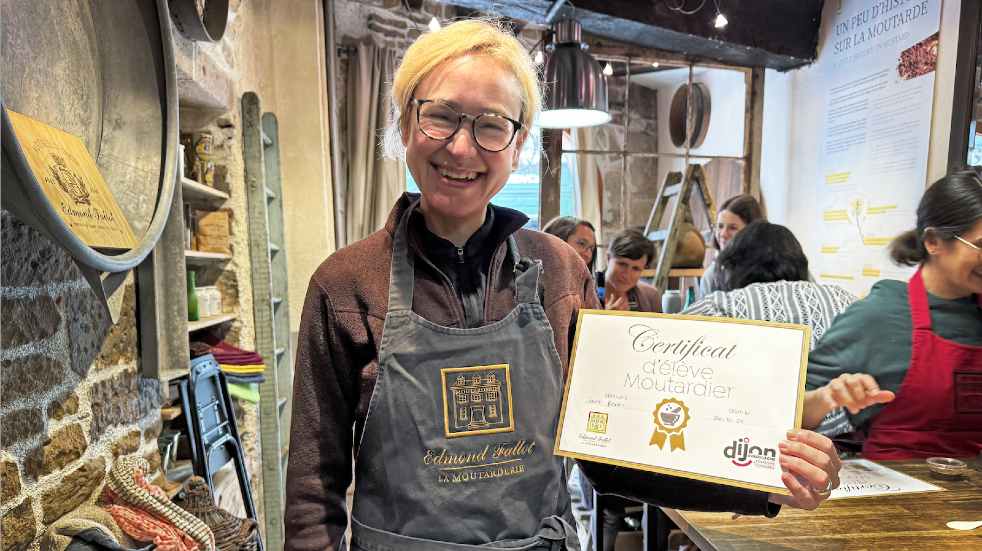
Sarah Baxter is an award-winning journalist who writes for several broadsheets as well as Lonely Planet, BBC Countryfile and more. She also enjoys swimming with killer whales and milking sheep!
Do more with Boundless
If you're working in or retired from the public sector or civil service, Boundless has two great membership options to choose from: Boundless and Boundless Plus.
With Boundless, you get unlimited access or discounted entry to many of the UK’s top attractions, including Kew Gardens and Wakehurst and WWT centres across the UK, as well as year-round deals on restaurants, holidays, shopping and much more. With Boundless Plus, you can enjoy additional benefits including unlimited access to Historic Royal Palaces sites, National Trust for Scotland places, access to The Ramblers' extensive walking community, and peace of mind with roadside assistance and local recovery by LV= Britannia Rescue.




